Few images are as iconic as the Bald Eagle, the symbol of American freedom and strength. But how much do we know about this national emblem beyond its majestic appearance? Prepare to be enlightened with lesser-known facts about this magnificent bird that will surely add a touch of intrigue to your next cocktail party conversation.
1. They’re Not Really Bald
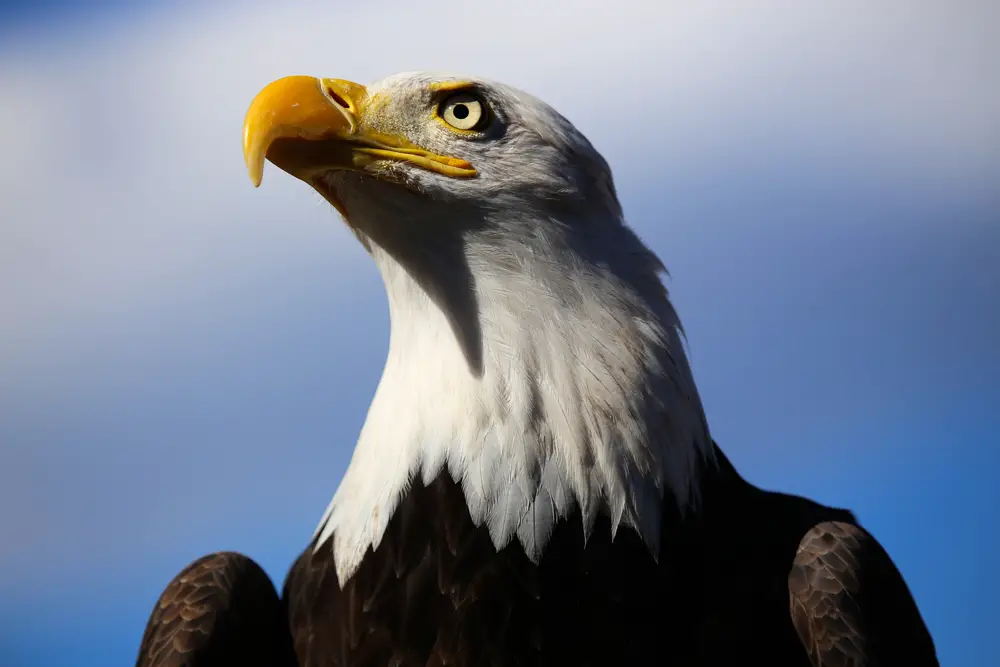
Contrary to its name, the Bald Eagle isn’t bald at all. The term “bald” derives from an older meaning of the word, which meant “white-headed.” This majestic creature has a full head of striking white feathers, contrasting its dark brown body. According to the National Audubon Society, this striking plumage develops as the bird matures, typically at around five years of age. Before this, young eagles sport mottled brown feathers. The name “bald” is truly a misnomer, but it has stuck through the centuries.
The distinctive white head and tail feathers are key characteristics that differentiate adult Bald Eagles from other birds. The vibrant contrast between these feathers and their yellow beaks and feet makes them easily recognizable even from a distance. The story behind their name is just one of many intriguing facets of an eagle’s identity that reflects not just their physicality but also their journey to adulthood.
2. They’re Homebodies
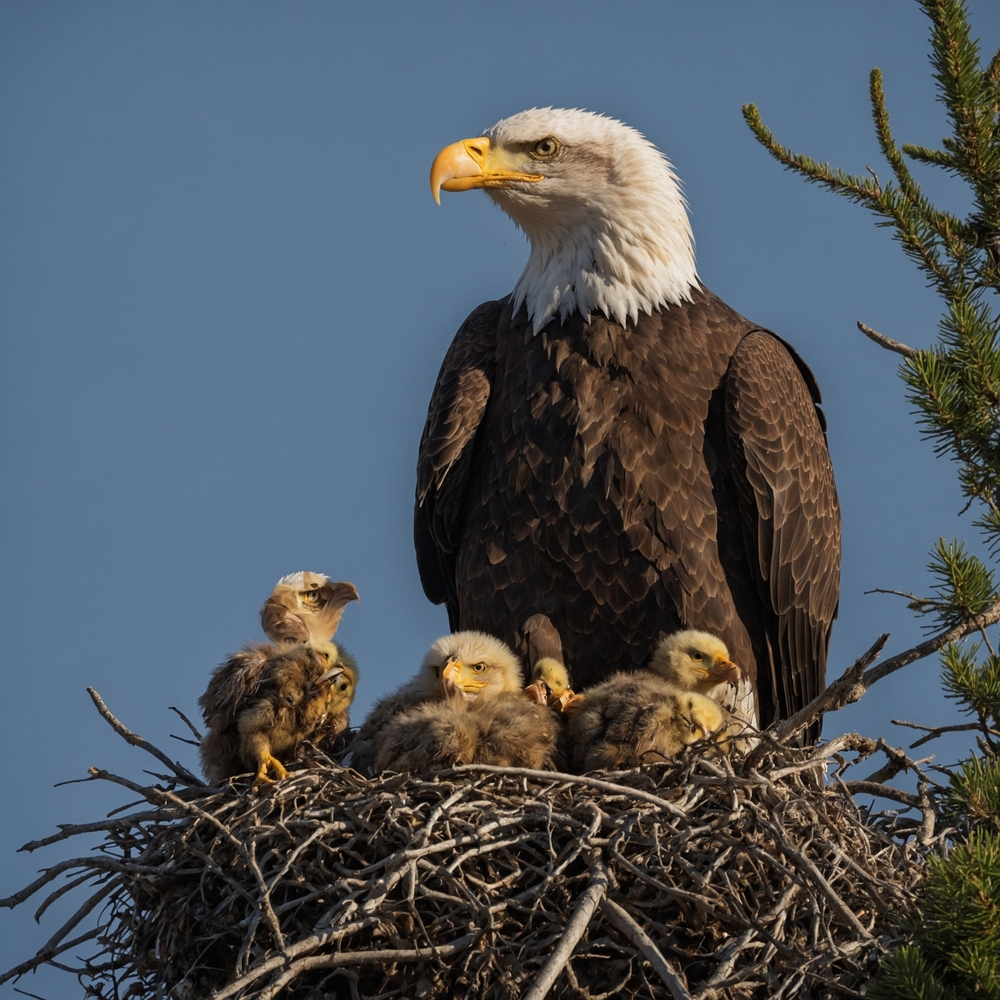
Bald Eagles are creatures of habit, often returning to the same nest year after year. This dedication to their homes is both practical and symbolic, as these nests are usually built in tall trees near large bodies of open water, providing ample food supply. These nests can be massive, sometimes measuring up to 13 feet deep and 8 feet wide. According to the U.S. Fish and Wildlife Service, the largest recorded Bald Eagle nest weighed over two tons.
Interestingly, these nests are permanent structures that eagles continuously improve upon over the years. The lifespan of a Bald Eagle nest can be decades, with each generation adding its contribution. This enduring commitment to their homes serves as a testament to their loyalty and persistence, qualities that resonate deeply with the American spirit they represent.
3. They Have Eyes Like a Hawk
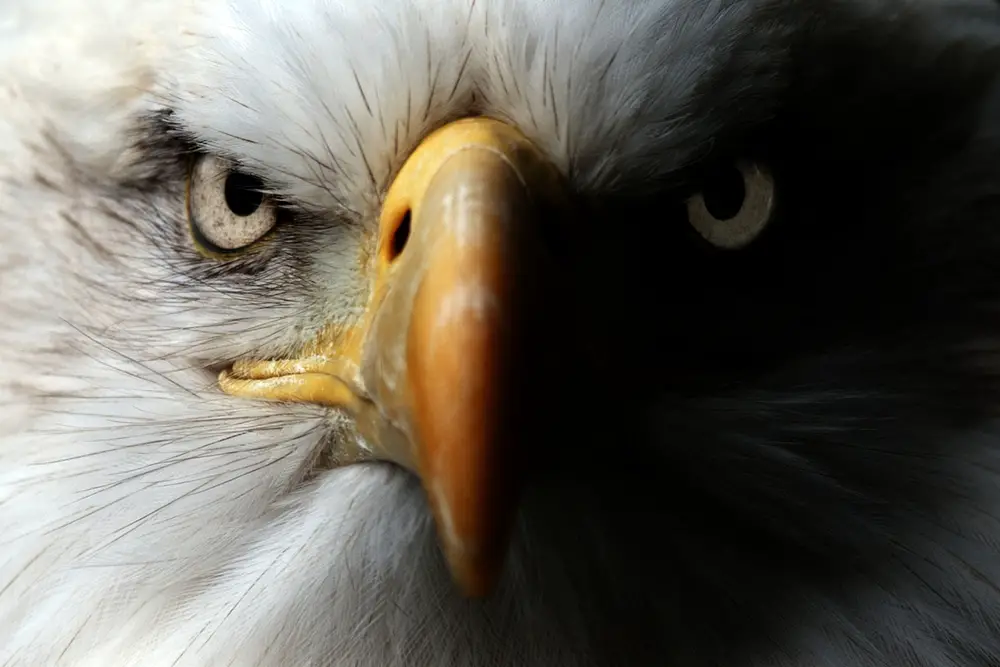
The vision of a Bald Eagle is nothing short of extraordinary. These raptors can see four to seven times better than humans, allowing them to spot prey from over a mile away while soaring through the sky. According to the American Eagle Foundation, their eyes are specially adapted with more light-detecting cells, or cones, than humans. This grants them superior color vision and the ability to see ultraviolet light.
This keen eyesight is essential for hunting, as eagles often snatch fish from the water with remarkable precision. Their ability to focus sharply on distant objects is complemented by a rapid reaction time, making them formidable predators. Their eyes are not just tools for survival but are a perfect example of evolution crafting the ideal predator.
4. They’re Monogamous
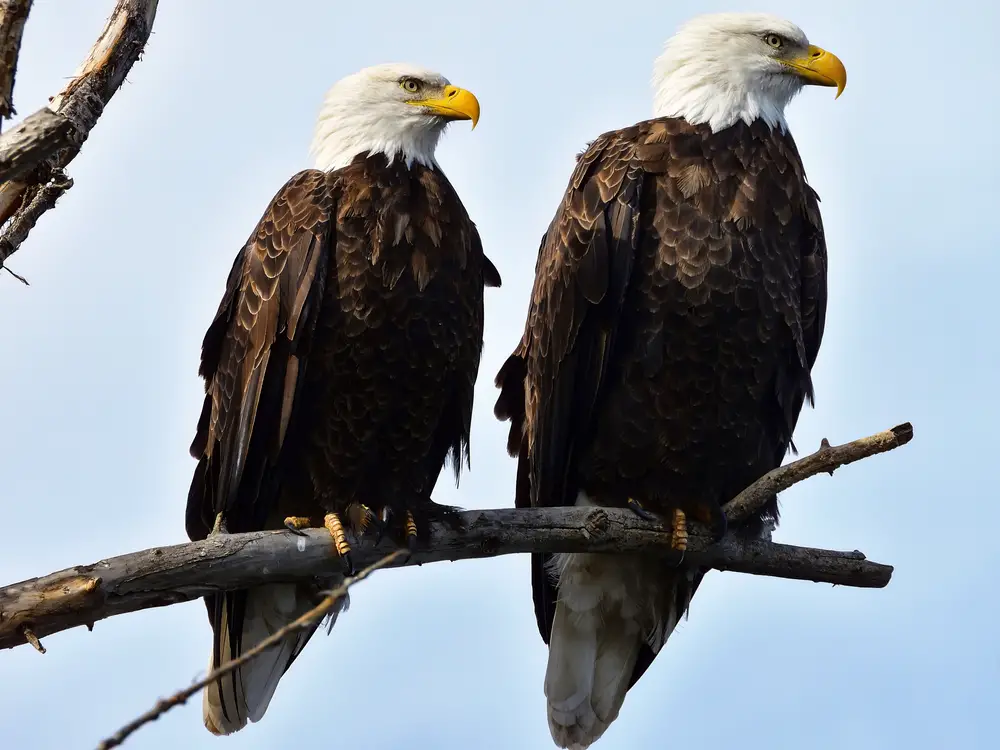
Bald Eagles are known for their monogamous nature, forming life-long bonds with their mates. This partnership is not just for show; it plays a significant role in their survival and reproductive success. The pair works together to build and maintain their nest, raise their young, and hunt for food. This sense of teamwork and mutual devotion is truly admirable and quite rare in the wild.
Bald eagle courtship rituals are a breathtaking spectacle involving mid-air acrobatics and synchronized displays. These elaborate dances strengthen the bond between the pair and ensure that the connection remains strong throughout their lives. Such devotion and partnership in the wild offer a profound insight into the complex social structures of these incredible birds.
5. They Live A Long Time
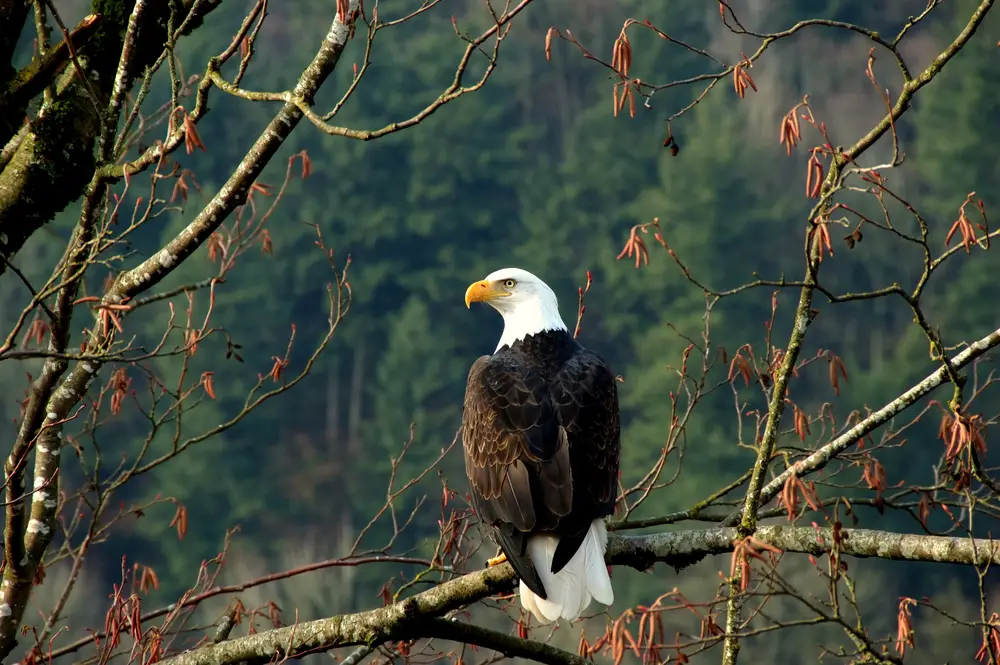
The average lifespan of a Bald Eagle in the wild ranges from 20 to 30 years, although some have been known to live even longer. This longevity is largely due to their position at the top of the food chain, with few natural predators to threaten their survival. However, they face significant challenges due to environmental threats such as habitat destruction and pollution.
In captivity, eagles can live even longer, sometimes exceeding 50 years. This impressive lifespan allows them to play a crucial role in maintaining ecological balance. Their presence as apex predators helps control the populations of prey species, thereby contributing to the health of their ecosystems. Bald Eagles are not just survivors; they are essential pillars of their natural environments.
6. They’re A Comeback Story
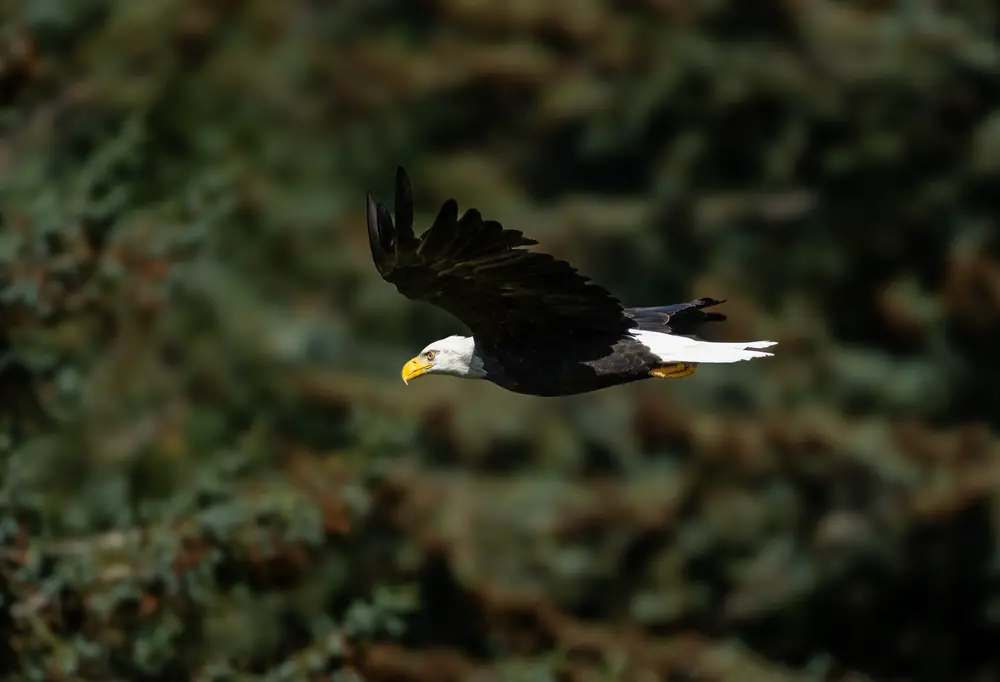
The story of the Bald Eagle is one of resilience and recovery. During the mid-20th century, their population faced a dramatic decline due to habitat destruction, illegal shooting, and the widespread use of DDT, a harmful pesticide. By the 1960s, they teetered on the brink of extinction, prompting urgent conservation efforts.
Thanks to legal protection and environmental advocacy, the Bald Eagle population has made a remarkable recovery. Today, they are no longer listed as an endangered species, a testament to the power of collective conservation efforts. Their resurgence is symbolic of hope and perseverance, embodying the very principles they represent as a national emblem.
7. They Like A Varied Diet
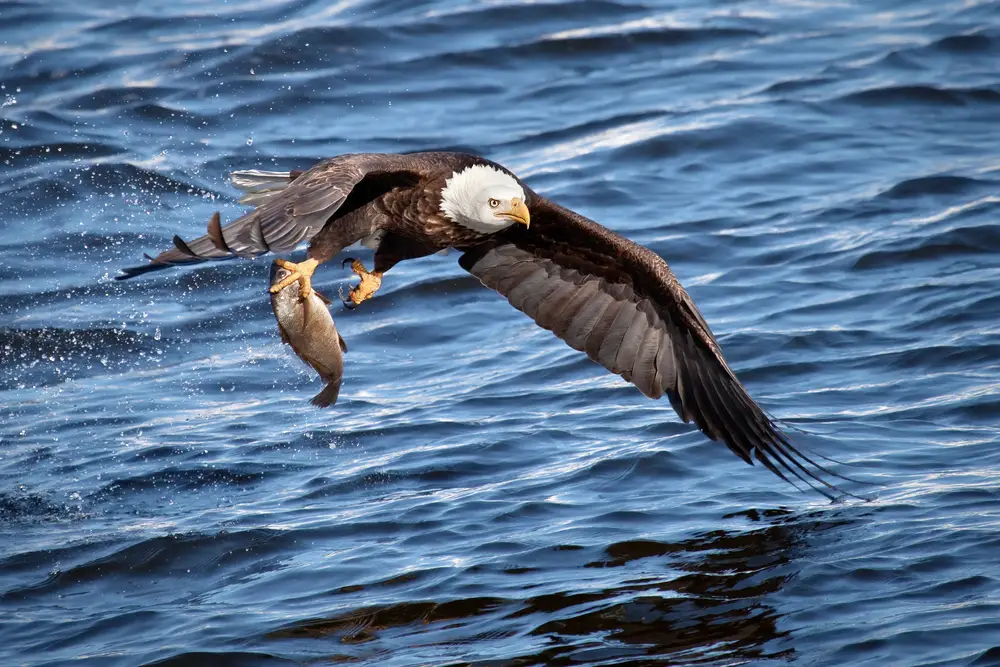
While fish is a primary food source for Bald Eagles, their diet is surprisingly varied. These birds are opportunistic feeders, adapting their eating habits to the availability of food in their environment. They consume birds, small mammals, and even carrion. This adaptability in feeding behavior illustrates their resilience and resourcefulness.
Interestingly, Bald Eagles are known to engage in kleptoparasitism, stealing food from other birds. This behavior underscores their prowess and dominance in the avian world. By diversifying their diet, they maximize their chances of survival, showcasing nature’s ingenuity in ensuring the survival of such a magnificent creature.
8. They’re Gliders Of The Sky
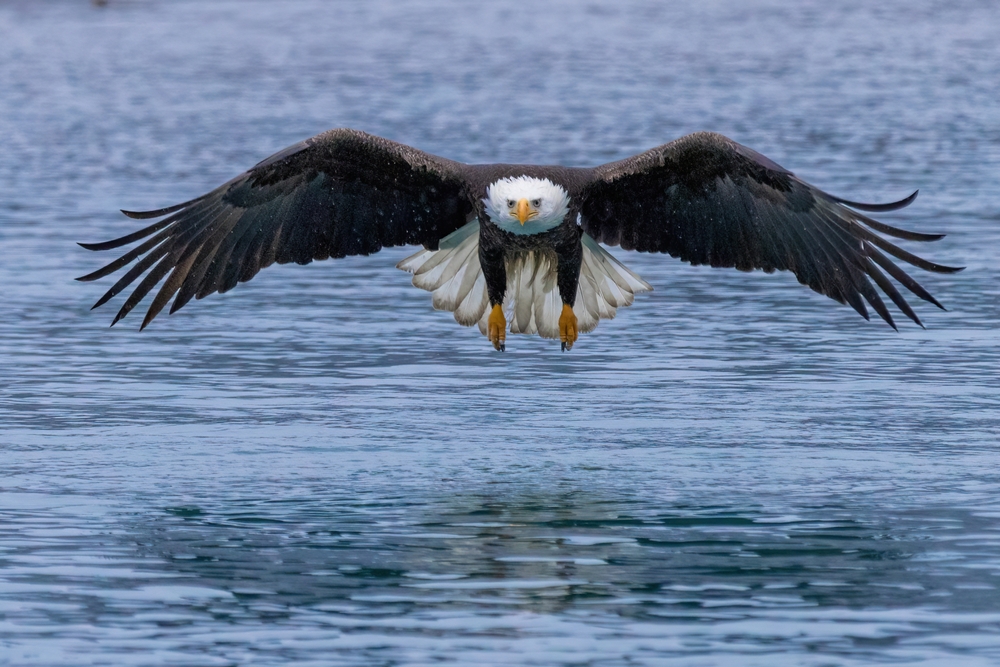
One of the most captivating sights is a Bald Eagle soaring effortlessly through the sky. This gracefulness is achieved through their impressive wingspan, which can reach up to 8 feet. Their broad wings allow them to glide on thermal currents, conserving energy while surveying their territory below.
Eagles are adept at using these air currents to travel long distances with minimal effort. This efficient mode of travel highlights their mastery of the skies and reflects their status as supreme aerial predators. Watching them glide is a reminder of the natural world’s elegance and the innate power of these remarkable birds.
9. They Have Territorial Tactics
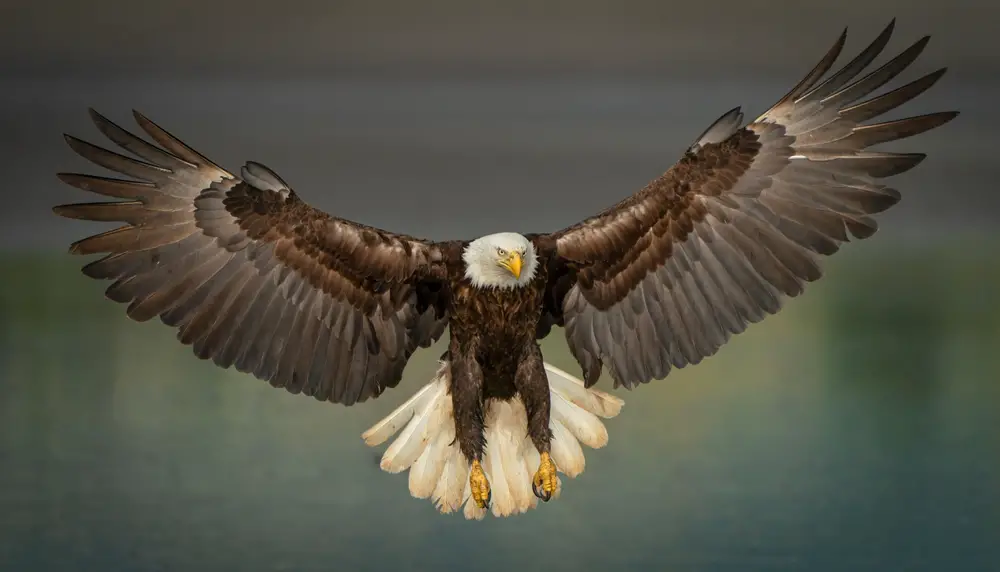
Bald Eagles are fiercely territorial, particularly during the breeding season. They establish and defend territories that encompass their nest and surrounding hunting grounds. Intruders are met with aggressive displays and, if necessary, physical confrontations to protect their domain.
This territorial behavior is crucial for their reproductive success, ensuring that they have exclusive access to ample resources to support their offspring. Their territorial instincts reflect a strategic approach to survival, a balancing act between aggression and conservation of energy. Through this, they maintain their status as dominant figures in their habitats.
10. They Fly In Silence
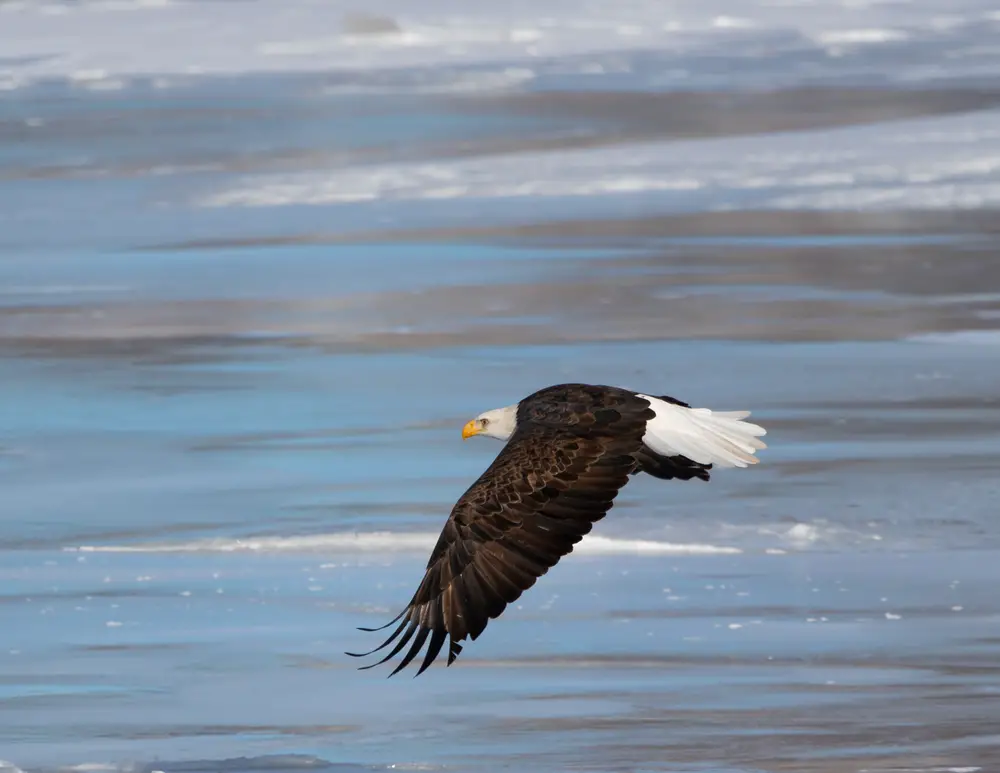
Despite their large size, Bald Eagles are surprisingly silent flyers. Their feathers are specially adapted to reduce noise, allowing them to approach prey stealthily. This silent flight is a crucial advantage when hunting, enabling them to surprise their targets.
Their ability to move quietly through the air also underscores their skill as predators. This adaptation showcases the intricate balance of power and subtlety that defines their existence. In the natural world, where every advantage counts, the Bald Eagle’s silent flight is a testament to evolutionary perfection.
11. They’re A Symbol Of Power And Freedom
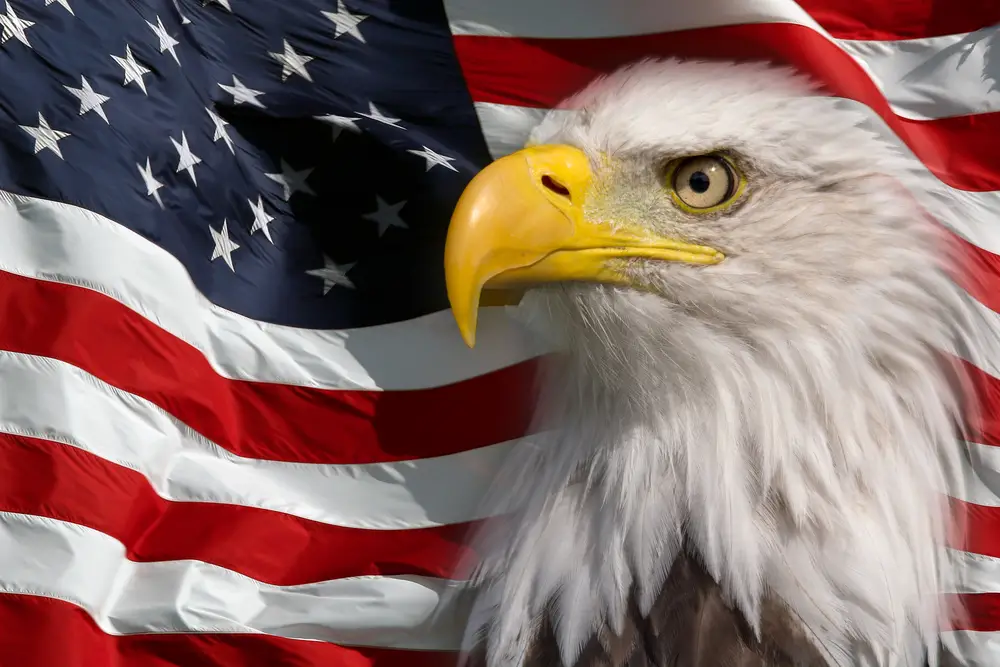
The Bald Eagle has long been a symbol of power, freedom, and the spirit of the United States. Its image adorns everything from currency to the Great Seal of the United States. This symbolic status was recognized as early as 1782 when it was chosen as the national emblem.
The choice of the Bald Eagle reflects more than just its majestic appearance; it embodies the values and ideals of a nation. Its strength, resilience, and independence resonate deeply with the American identity. As a symbol, it serves as a constant reminder of the principles upon which the country was founded.
12. They Have Deep Cultural Significance
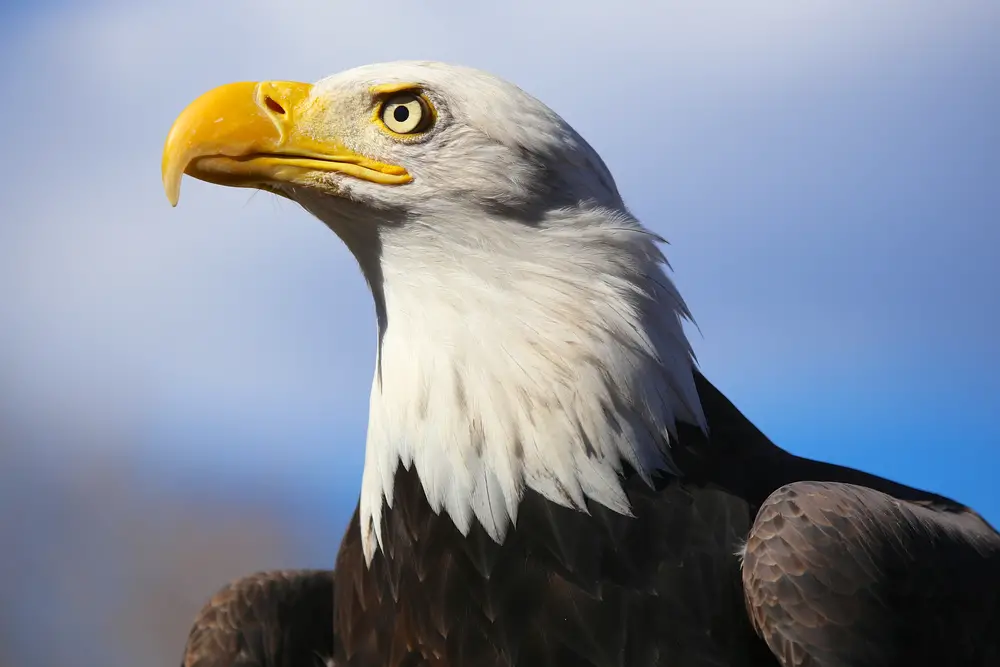
Beyond its national symbolism, the Bald Eagle holds cultural significance for many Indigenous peoples. For Native American tribes, eagles are revered as sacred animals, embodying spiritual strength and vision. Eagle feathers are often used in traditional ceremonies and rituals, considered powerful symbols of honor and respect.
This cultural reverence highlights the deep connection between these birds and the people who have shared their landscapes for generations. The Bald Eagle’s presence in cultural narratives enriches its status, weaving it into the fabric of history and tradition. It stands as a bridge between nature and culture, carrying the weight of spiritual and national significance.
13. Their Future Looks Good
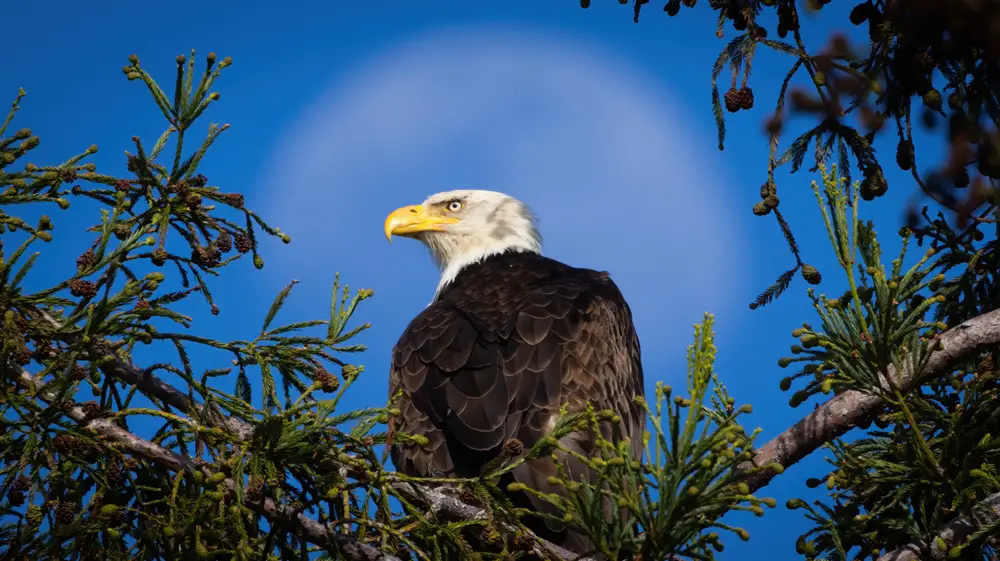
As conservation efforts continue, the future of the Bald Eagle looks promising. Monitoring and protection initiatives aim to safeguard their habitats and ensure that they continue to thrive. However, ongoing challenges such as climate change and habitat encroachment require vigilance and adaptability.
Public awareness and education play pivotal roles in protecting these magnificent birds for future generations. By understanding and appreciating their ecological importance, we ensure that the Bald Eagle remains a symbol of freedom and resilience. Its continued survival is a testament to humanity’s ability to coexist with nature, embodying hope for a sustainable future.
